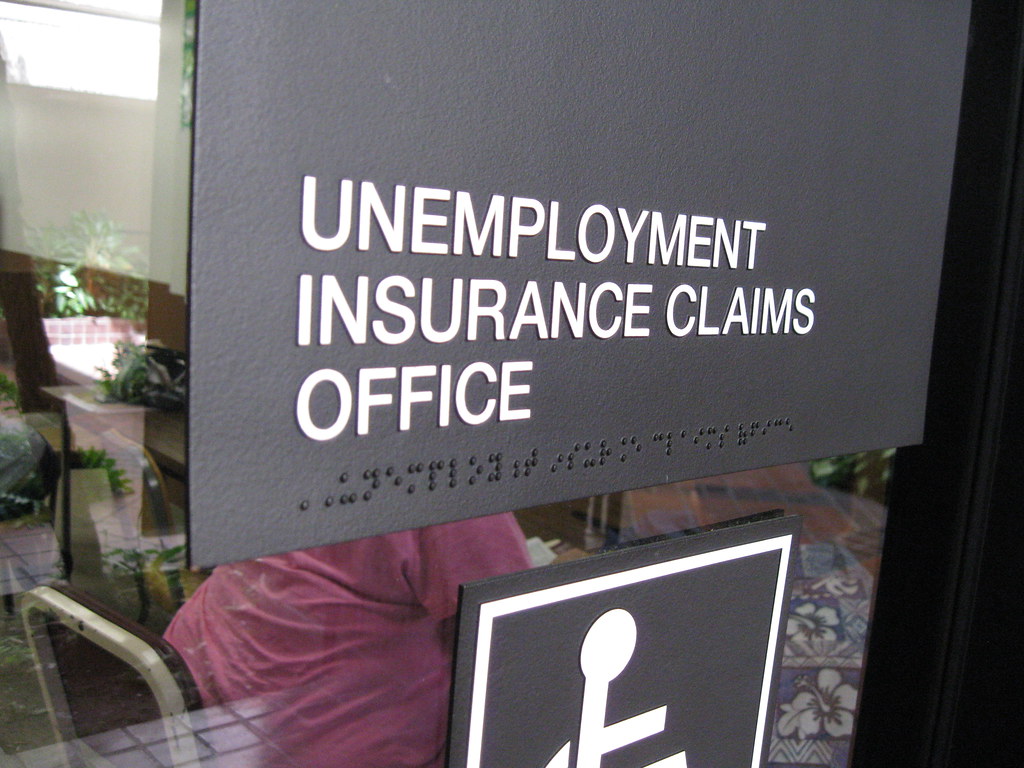Embarking on a new career path can be an exhilarating journey, but sometimes the road takes an unexpected turn, especially when it comes to resigning from a position that has become untenable. For those who find themselves in a toxic work environment, the decision to leave is not only about seeking new opportunities but also about preserving one’s well-being. However, the aftermath of such a decision can be fraught with uncertainty, particularly when it comes to the question of unemployment benefits. This article aims to shed light on the complexities surrounding resignation, the potential for unemployment eligibility, and the steps one can take to navigate this challenging landscape with professionalism and poise.
The Complexity of Resigning from a Toxic Work Environment and Unemployment Considerations
The architecture industry, especially in smaller cities, is a tightly-knit community where reputations are paramount and career moves are closely watched. When a young professional decides to leave a firm after years of service, it’s not just a career transition; it’s a statement. The scenario described by a 26-year-old female architect is a classic example of the delicate dance between employee and employer at the time of resignation. After three years at a small firm, she decided to move on, only to be met with a reaction from her boss that was less than gracious. The boss’s response, which included questioning her decision and implying a lack of future prospects at her new firm, is unfortunately not uncommon in high-stress industries.
The professional world can be unforgiving, and the architecture field is no exception. The young architect’s experience is a testament to the emotional complexity of the resignation process. It’s a moment that can reveal the true colors of an employer and test the resolve of an employee. The boss’s reaction, ranging from disbelief to outright disgust, is a reflection of the personal investment employers often feel towards their staff. It’s also a reminder that the end of an employment relationship can sometimes feel like a personal betrayal to the other party.
In the face of such a reaction, it’s essential to maintain composure and professionalism. The young architect’s response, stating her move as a ‘long-term move for me,’ demonstrates a clear-headed approach to her career trajectory. It’s a stance that speaks to her confidence in her decision and her readiness to embrace the future, despite her boss’s negative outlook.
The question of whether to file for unemployment after such an exchange is a complex one. The legal landscape of unemployment benefits is intricate, with each state having its own set of rules and definitions of what constitutes a valid reason for leaving a job. In California, for example, the Unemployment Appeals Board defines ‘good cause’ as a ‘real, substantial, and compelling reason’ that would drive a reasonable person to resign. The level of hostility described by the young architect, including being forced to take a driving test on behalf of her boss, could potentially meet this threshold.
The stakes are high, and the consequences of such a decision can be significant. The possibility of criminal prosecution for participating in her boss’s scheme to avoid the repercussions of his driving tickets is a serious consideration. It’s a stark reminder that the decision to leave a job can have far-reaching implications beyond the immediate emotional fallout.
The young architect’s situation is a clear illustration of the need for careful deliberation when considering resignation and the pursuit of unemployment benefits. It’s a decision that requires a thorough understanding of one’s rights, the potential risks involved, and the steps necessary to ensure the best possible outcome.
Resigning from a toxic work environment is a courageous step that can open the door to new opportunities and personal growth. However, it’s a move that must be navigated with care, especially when it comes to the question of unemployment benefits. By understanding the legal framework, maintaining professionalism, and preparing for the challenges ahead, one can transition from a difficult situation to a brighter future with confidence and grace.

Strategies for Navigating a Toxic Work Environment and Preparing for Unemployment Claims
Navigating the stormy seas of a toxic work environment is no easy feat. It requires a blend of resilience, strategy, and a keen understanding of your rights as an employee. In this section, we’ll explore the strategies for managing a toxic work environment and preparing for unemployment claims, drawing from the experiences shared by individuals who have faced similar challenges.
When you’re caught in the throes of a hostile work atmosphere, it’s crucial to recognize the signs that it’s time to don your life jacket and prepare to jump ship. The story of the administrative assistant at a small roofing company is a stark reminder of the toll such an environment can take on one’s mental and physical health. The constant yelling, humiliation, and unreasonable demands are more than just red flags; they’re flares signaling an urgent need for change.
Before making the leap, however, it’s important to understand the legalities surrounding unemployment benefits. As we’ve seen in the case of the young architect and the administrative assistant, the definition of ‘good cause’ for resignation can be the lifeline that allows you to claim unemployment insurance. In California, the Unemployment Appeals Board’s definition of ‘good cause’ as a ‘real, substantial, and compelling reason’ sets a precedent that can be applied to other states as well. This definition opens the door for those who have been subjected to illegal activities, such as being forced to take a driving test on behalf of their boss, to potentially claim unemployment benefits.

The journey doesn’t end with recognizing that you have ‘good cause.’ The process of filing for unemployment is akin to navigating a labyrinth, with each turn presenting new challenges and questions. It’s essential to gather evidence of the toxic environment, such as documenting incidents, keeping a record of communications, and, if possible, obtaining testimonies from colleagues. This evidence will be your compass when you present your case to the unemployment office.
As you prepare your case, it’s also wise to consider the potential repercussions of your actions. Reporting illegal activities, such as taking a driving test for your boss, could lead to criminal prosecution. It’s a delicate balance between standing up for your rights and protecting yourself from further harm. Consulting with an employment law attorney can provide clarity and guidance on the best course of action.
Once you’ve decided to resign, it’s important to do so with dignity and professionalism. Crafting a well-thought-out resignation letter, like the Model Involuntary Resignation Letter suggested by Al Sklover, can serve as a formal declaration of your reasons for leaving and set the tone for your departure. It’s a document that not only communicates your decision but also reinforces your stance should you need to defend your claim for unemployment benefits.
The aftermath of resigning from a toxic job can be a period of uncertainty and anxiety. However, it’s also a time to focus on self-care and recovery. The stress and trauma of working in such an environment can take a significant toll on your well-being, and it’s important to prioritize your health above all else. Seeking support from friends, family, or a mental health professional can provide the comfort and strength needed to move forward.
As you embark on the search for new employment, remember that the end of one chapter is the beginning of another. The lessons learned from enduring a toxic work environment can inform your choices and help you identify a workplace that values and respects its employees. It’s an opportunity to find a job that not only aligns with your career goals but also contributes to your overall happiness and satisfaction.
Facing a toxic work environment and the decision to resign is a test of courage and conviction. It’s a journey that requires careful planning, a strong sense of self-worth, and an unwavering commitment to your personal and professional growth. By understanding your rights, preparing meticulously for your unemployment claim, and approaching the situation with professionalism, you can navigate these turbulent waters and emerge stronger on the other side. Here’s to smooth sailing ahead, as you chart a course towards a brighter and more fulfilling career horizon.
Related posts:
How to Handle Your Boss’s Reaction When You Resign
“If my boss is hostile and my job is making me sick, can I resign and collect unemployment?”
Can You Get Unemployment if You Quit Because of a Hostile Work





